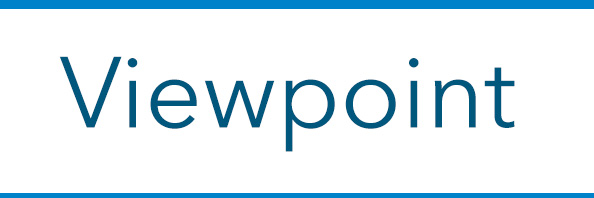Open educational resources (OER) lower access barriers for students by eliminating or greatly reducing the cost of instructional materials while empowering faculty to customize and improve those materials.

The alignment of OER with community colleges’ core mission of open access, local community engagement and equity is not lost on the members of the Community College Consortium for Open Educational Resources (CCCOER). For over a decade, CCCOER has worked with hundreds of colleges across the U.S. to provide professional development support and share best practices for implementing sustainable open education programs to improve teaching and learning particularly for underserved students.
This article comes from the current issue of the Community College Journal, the two-year college sector’s go-to publication since 1930, when the American Association of Community Colleges first published the magazine.
With enrollment drops exacerbated by Covid, OER can provide a competitive advantage to institutions where students can complete courses without having to purchase textbooks. The largest OER impact study to date from Achieving the Dream’s OER Degree Initiative found that community college students taking multiple OER courses earned more credits and similar grades to students in traditional courses. A study at the University of Georgia found that grades improved in courses where textbook were replaced with OER — and the improvement was even higher for Pell Grant-eligible, non-white, and part-time students. For faculty, OER use can provide more control over the design of the course and the ability to make content more diverse and relevant.
With these benefits in mind, and consulting with community college leaders across the country, we offer the following key strategies to transform OER initiatives into sustainable programs that are integrated into college operations.
Offer ongoing professional development
Gaining faculty buy-in is crucial to OER implementation, particularly by showing how faculty benefit and providing them with the tools to succeed. Jean Runyon, vice president at Front Range Community College in Colorado recommends “identify[ing] champions to create the compelling ‘why’ and to build enthusiasm and awareness that contribute to adoption.”
Regular opportunities for professional development is essential, as is tailoring them to meet the needs of a range of expertise levels, from OER “newbies” to the more advanced. Fortunately, there is an increasing abundance of openly licensed resources on which to build; OER Starter Kit, Texas Learn OER and the CC ECHO OER Specialist course are just a few.
Engage students
Students can be powerful advocates for OER. Reaching out to the student government to make them aware of OER and its benefits can result in meaningful conversations with faculty and even college trustees. Some student governments have passed support resolutions while a few have helped fund faculty stipend programs to increase OER adoption.
Students should be able to easily find courses that use OER. Marking with OER designators in course listings is increasingly common, but existing technologies, such as student information systems, likely will need to be customized. If nothing else, an informal list of courses adopting OER can be maintained by a campus department like student services.
Find funding
Those engaged in OER creation, adaptation and implementation should be compensated and recognized for that labor, but flat or decreasing budgets make this challenging. In a recent member survey, only 15% of colleges reported having an ongoing budget for OER development but more than 70% utilized department or other college funds such as the President’s Innovation Fund.
Sixty percent were able to tap into state or federal programs including federal and state Covid recovery funds. The Perkin’s V Career and Technical Education Act is another federal program, which actively encourages development of workforce OER to ensure equitable access to high-quality training and jobs.
Create a culture of open
Many colleges with thriving OER programs point to the importance of a “culture of open” across campus and avoiding siloed initiatives. Although faculty are central, the instructional support staff in the library and centers for teaching and learning can help scale adoptions as they assist with finding openly licensed materials and ensuring that they meet established quality and accessibility standards. The student success and equity offices also are natural partners for reaching underserved students who can benefit the most from OER courses to complete their career-ready credentials or transfer to four-year programs.
Celebrate
Finally, be sure to celebrate all achievements on your journey. Michael Mills, vice president of E-Learning, Innovation and Teaching Excellence at Montgomery College shared, “We celebrate by going to the student center at each campus and offering slices of cake, information on OER and swag such as t-shirts and pens.”
Open Education Week in March is one great opportunity for this. But celebrating any steps, no matter how small, to harness the myriad benefits of open education to the college and its faculty and students can help support a Culture of Open on your campus and contribute to a community that is growing globally.
* * *

Una Daly (left) is director of the Community College Consortium for Open Educational Resources (CCCOER) at Open Education Global.
Judith Sebesta, Ph.D., is executive director of the Digital Higher Education Consortium of Texas (DigiTex) and president of the CCCOER executive council.





